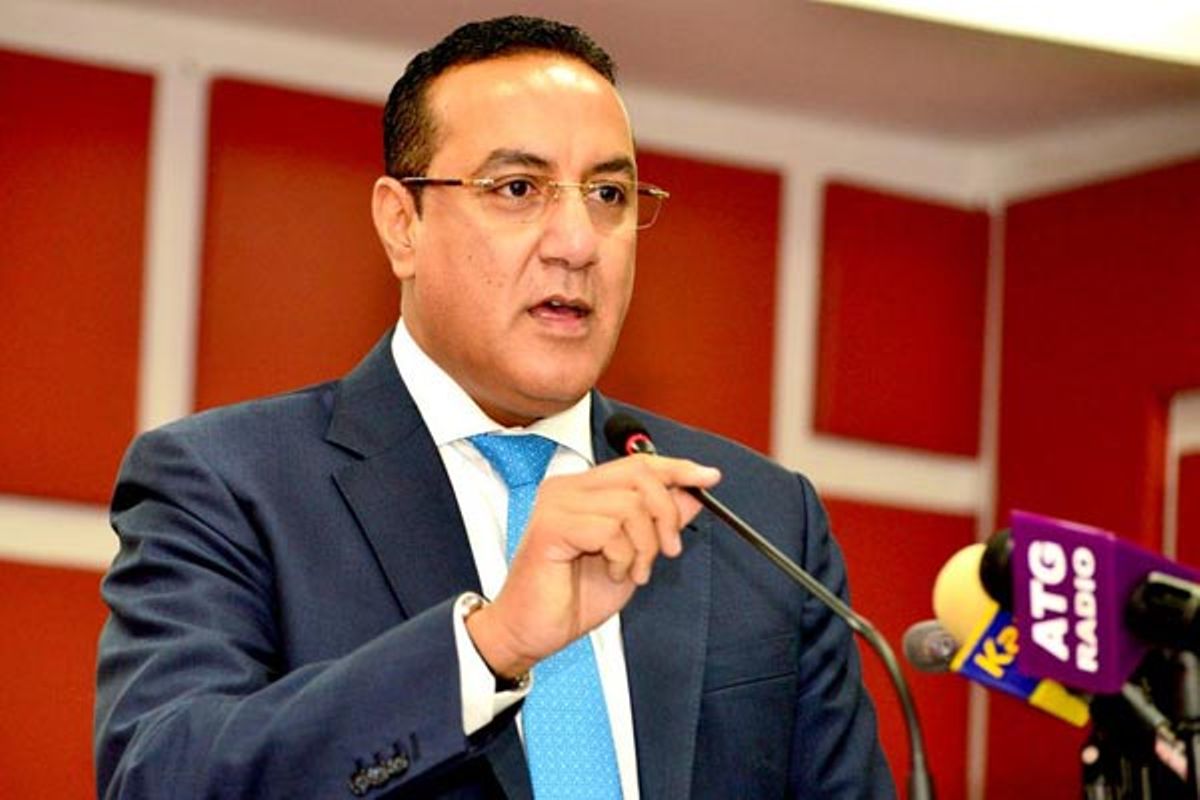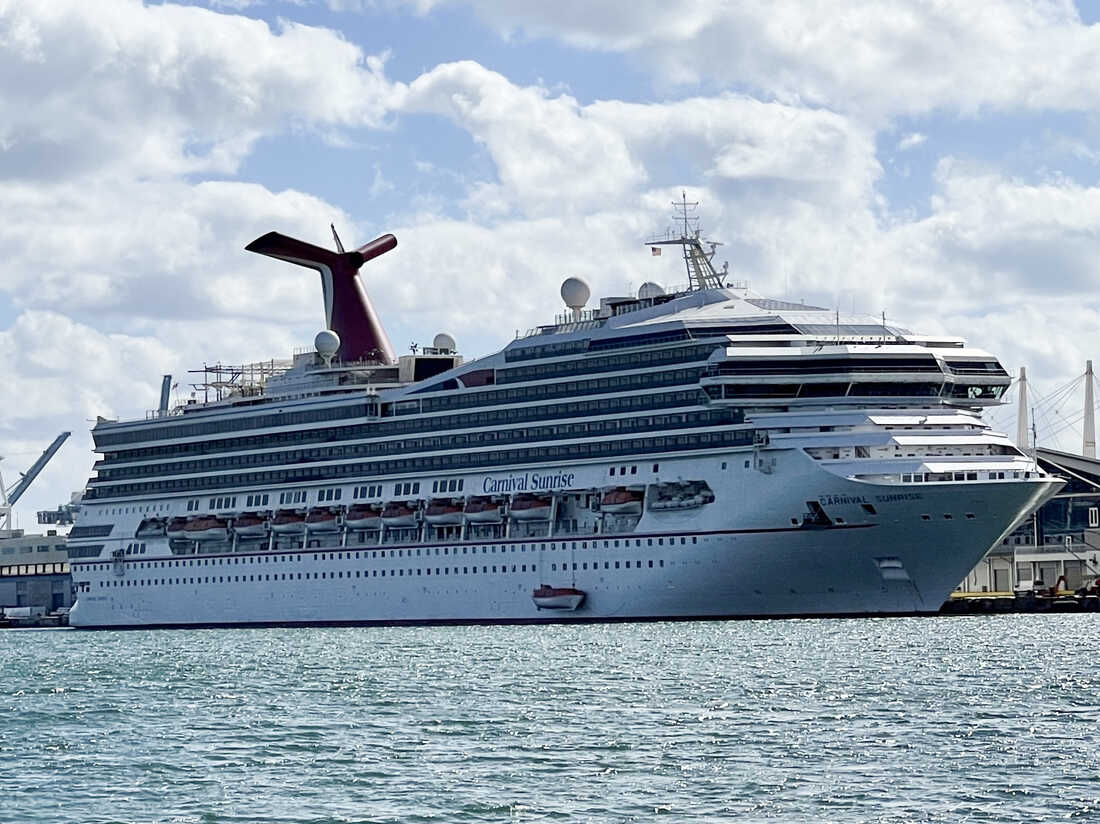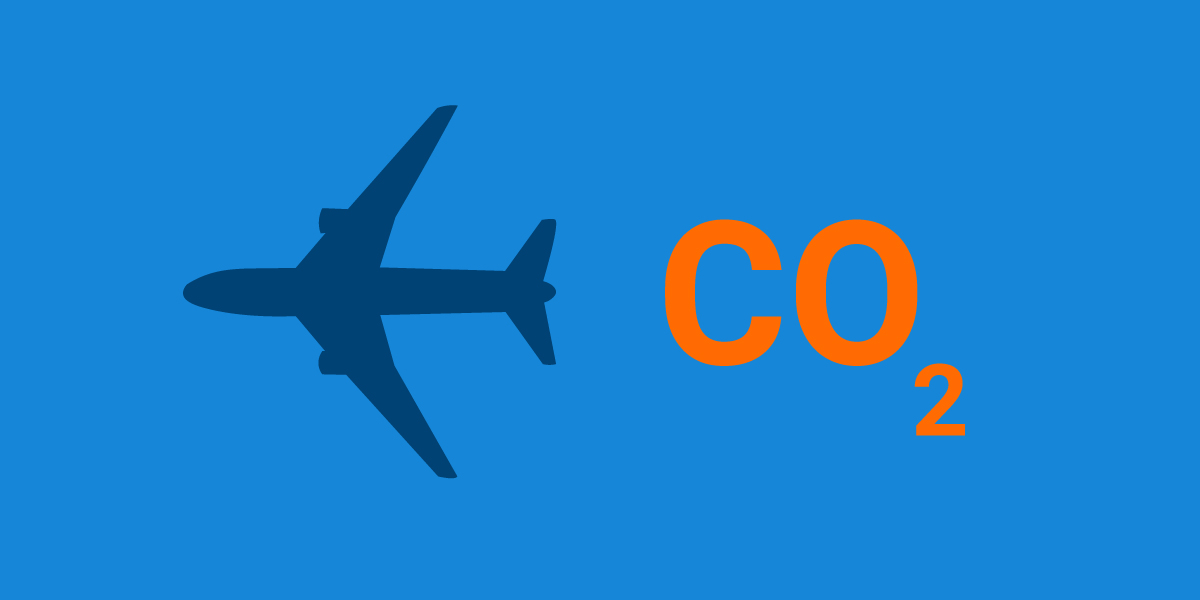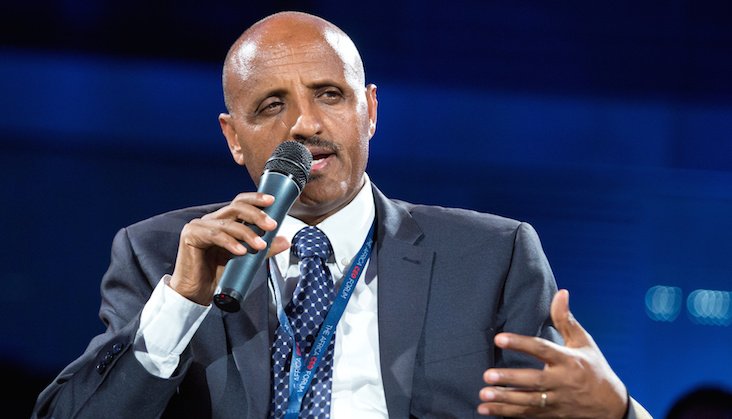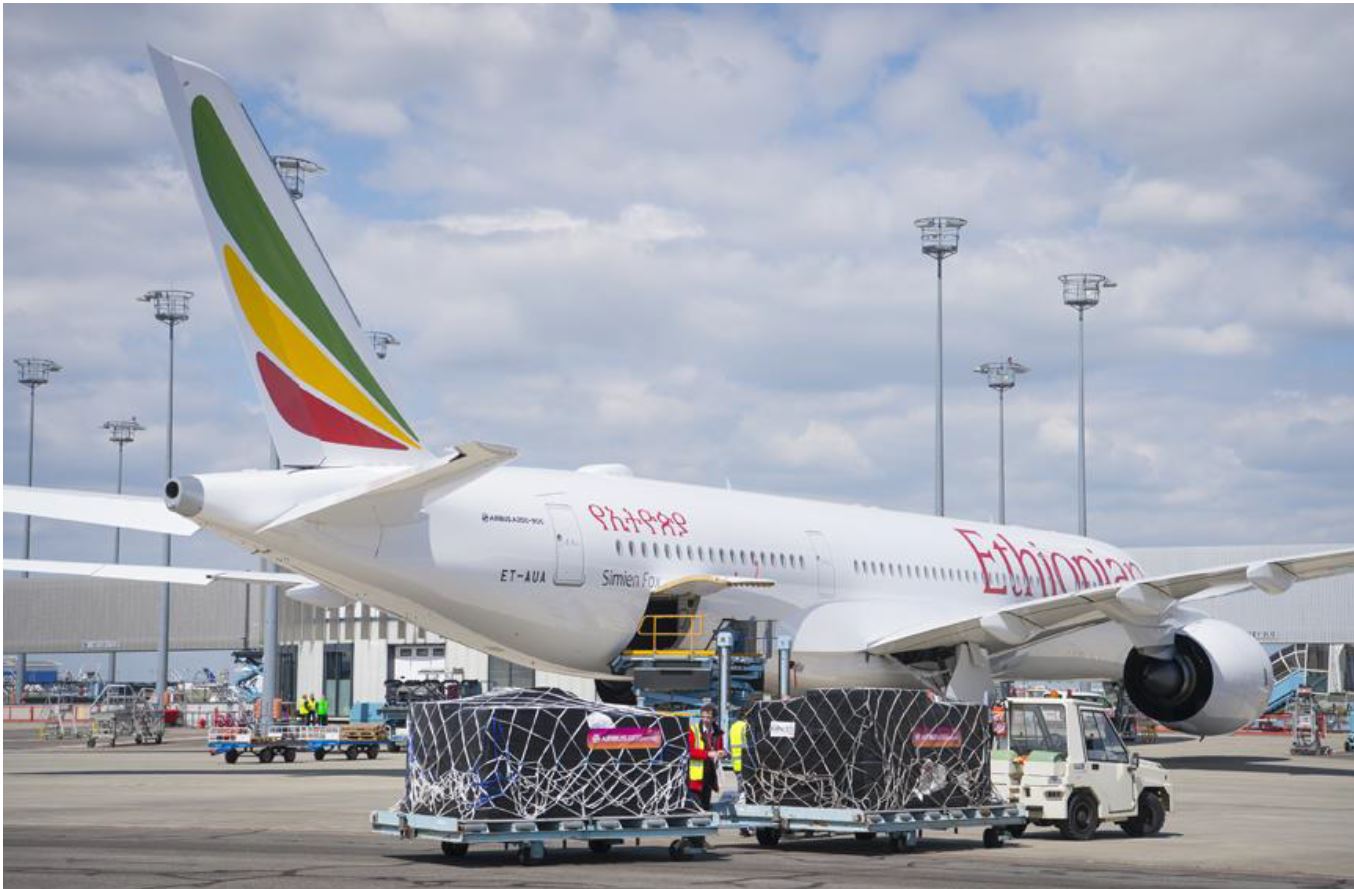RX Global has unveiled plans for Arabian Travel Week, a series of digital and in person events in Dubai this spring designed to foster a recovery in the hospitality sector.
At the centre will be Arabian Travel Market, the leading trade show in the Middle East, which will focus on the future of international travel.
Delegates will examine the likely challenges ahead for the sector, while looking at how to build resilience in an industry that is still coming to terms with the “new normal”.
“Covid-19 has dominated our lives since March 2020 and continues to do so in many parts of the world.
“However, although international travel and tourism has learnt from past experiences and adapted in some cases almost seamlessly, we now have an ideal opportunity to look ahead to the future of our industry.
“Dwelling too much on the pre-covid past, would not necessarily be productive, especially because so many industry parameters and social attitudes have since been completely reset,” said Danielle Curtis, exhibition director, Middle East, Arabian Travel Market.
Working in collaboration with the Dubai World Trade Centre (DWTC) and the Dubai Department of Tourism & Commerce Marketing (DTCM), the event will take place live and in-person from Monday, May 9-11.
In similar fashion to the 2021 format, a virtual edition will again take place the following week on May 17-18.
“Undoubtedly innovation through internet of things, artificial intelligence, virtual reality and improved connectivity overall, will change the face of our industry dramatically, however, there are other challenges, that we should address together and share industry best practice.
“These issues include climate change and broader social challenges, as well as stakeholder attitudes towards equity in health, education and economic opportunity, particularly in the communities that we operate in,” added Curtis.
Show highlights in 2022 will include, among others, destination summits focused on key source markets in Saudi Arabia, China and India, as well as Travel Forward, the leading global event for travel technology which puts a spotlight on the latest, next generation technology for travel and hospitality.
There will also be ATM buyer forums and speed networking events, as well as Arrival Dubai @ ATM – a dedicated in-destination forum.
ATM 2022 will also host dedicated conference summits on the Global Stage, covering aviation, hotels, sports tourism, retail tourism and a special hospitality investment seminar.
The Global Business Travel Association (GBTA), a business travel and meetings trade organisation, will once again be participating at ATM.
The GBTA will deliver the latest business travel content, research and education to drive the recovery and support growth in business travel.
ATM will play an integral role in Arabian Travel Week, a festival of events dedicated to travel professionals from all over world, to collaborate and shape the recovery of the Middle East travel industry, through exhibitions, conferences, breakfast briefings, awards, product launches and networking events
Given the global travel and social restrictions, the ATM 2021 live, and in-person event was well received, with over 21,600 attendees from 110 different countries.
During the virtual event, 30,790 profiles were registered on the ATM Virtual platform, almost 20,000 face-to-face virtual meetings took place and there were over 6,600 conference views.
Putting those figures into context, ATM which is often considered by industry professionals as a barometer for the Middle East and North Africa tourism sector, welcomed almost 40,000 people to its 2019 event with representation from 150 countries.
As the build-up to the largest travel trade show in the Middle East continues, Arabian Travel Market has been producing a series of encouraging reports, suggesting the worst of the pandemic may be over in the region.
Most recently, there was confirmation hotel development is continuing apace.
Despite the pandemic headwinds that the global hospitality industry has had to contend with, new hotel development in prime spots in Saudi Arabia, Qatar, Oman and the UAE is robust.
According to new research commissioned by Arabian Travel Market and conducted at the end of 2021 by hotel market intelligence and global benchmarking company STR, Makkah and Doha are both expanding their hotel room inventory by 76 per cent.
This is followed by Riyadh, Medina and Muscat with 66 per cent, 60 per cent and 59 per cent growth respectively.
In Dubai, rooms growth stands at 26 per cent, which is still “extraordinary,” researchers said, considering its existing base and following years of continuous hotel development.
The figure is still more than double the global average.
Curtis added: “With the global average sitting at 12 per cent we are witnessing multiple GCC destinations growing at six times those rates.
“These figures coupled with the ongoing relaxation in travel restrictions, will undoubtedly encourage travel professionals throughout the Middle East and further afield.
“As such we are expecting a substantial increase in the number of participants at our live event this year, especially Saudi Arabia, Qatar, Oman and the UAE.”
There were also green shoots of recovery in the business travel sector.
Business travel expenditure in the Middle East is forecast to rise by a third this year, following a predicted 49 per cent increase during 2021.
That is according to a report by the World Travel & Tourism Council (WTTC) published in November.
Curtis said: “This positive data will provide a welcome boost for business travel and tourism professionals throughout the Middle East region, as economies around the world begin to relax travel restrictions, despite the disruption caused by the outbreak of the Omicron variant.
“During 2021, the increase in business spending for the full year is expected to have actually outpaced spending on leisure travel by 13, ten and one per cent in the Middle East, Europe and Africa respectively.”
Source: Breaking Travel News

